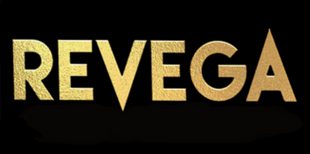How to make money selling your own skincare and cosmetics - 10 tips to getting started
Everyone is feeling the pinch at the moment, with prices rocketing across the board. If you are struggling to pay bills then it might be time to look into that side hustle.
Making your own skincare can be a great way to make an extra income, plus it's a lot of fun.
But how do you get started for minimal cost?
1. Decide what kind of business you want to be.
Do you want to sell make up? Soap? Body Butter? Bath bombs? or all of the above?
I'd recommend starting with 1-2 products first to keep costs down and really perfect your range.
2. Decide on where you will work from.
A spare room is fine so long as you follow good hygiene and storage practices.
3. Register with HMRC and contact trading standards.
Register as a sole trader to begin with, it's very straight forward and ensures your business is all above board. Then contact Trading Standards to notify them of your intent to manufacture and sell cosmetic products.
4. Invest in the basics.
This is where you will need a little start up capital, but if you look on online market places and cosmetic making online groups you will likely find many of the items that you need for sale second hand.
Invest in some trade approved scales, you can find them from oneweigh, county scales and Adam scales if you cannot find them second hand. This is a legal requirement for any cosmetics sold by weight.
Then get yourself some gloves, and apron, bowls, spatulas etc (not from your kitchen, these must be dedicated for cosmetic making) and hand mixer.
Then the easiest way to get started is with a Flexi CPSR. A CPSR (cosmetic product safety report) is a legally required safety assessment of the product that you are making. Creating a recipe and having it assessed yourself is a costly and lengthy process, so if you are new to cosmetic making I recommend getting a Flexi Assessment. Flexi's are pre-written CPSRs created by companies like ours (you can see our current available ones HERE) that are already assessed for sale. With the Flexi CPSR you will be allowed to use a pre-made base and a selection of colours and fragrances to create your own Unique products for sale. They cost a fraction of getting your own assessment and give you an instant range of products to make for your business.
Invest in the ingredients for your chosen product.
5. Practice making your product.
Practing your product is key. Make sure that you have got your product range as you want it and that you have tested it on yourself and friends and got feedback.
6. Create your product labels and your PIF
We have plenty of help on this including a PIF template if the video linked above doesn't help you. We can also write your PIF for you if the product is from one of our CPSRs. Its easy once you know how though.
7. Report your products onto the UK Gov Cosmetics Portal.
This sounds daunting, but it actually a very easy multiple choice online form about your product. Those who have purchased CPSRs from us are welcome to contact us for help on how to report them onto the portal.
8. Get you prices right!
This is the big one. I see far too many people selling cheaply to get sales, but you will never make a profit that way. This side hustle needs to be bringing in what you need. Sell your products for what they are worth.
Work out your cost per gram of each ingredient, then times that by the number of grams of that ingredient in your product. Add that together along with your packaging cost and you have your cost to make. If you want to be super accurate, you can work out your cost of making (your hourly electric and the wage you want per hour) and divide that by the number of products in the batch. Add that to the cost price.
That gives you the amount you need to make to break even. Then I'd recommend no lower than a 30% margin, but aim for around 60% or higher if you can. This gives you enough room to offering discounts occassionally.
Never sell at a loss or your business won't survive long!
9. Sell your products.
To start selling your products I'd recommend somewhere like Etsy as a starting point. It's cost effective in the beginning, as although they do take fees, you only pay as you sell items (aside from the small listing fees), so you won't be hit with subscription fees like a website has.
Also let your friends and family know what you are creating, as they will be your biggest customers and tell their friends. Word of mouth is great, so it's worth offering incentives for them to spread the word.
If you can afford the pitch fee then try selling at local craft fairs and markets, its great exposure for your business even if you have a bad selling day. Make sure you have an email list for people to sign up to (offer a free sample or discount as an incentive), then you've not lost the customer and show them your new products and link them to your Etsy store. Have flyers or business cards available on the table. Set out your products on different levels and have pricing clearly displayed. Testers and demos are also good.
10. Grow your business.
Try not to spend any profit from your business for a few months and then when you have enough profit to invest in a new CPSR, do it to expand your range and keep your customers interested. This way you can grow your business.
Set yourself goals each week and month.
If you want to know more about starting a cosmetics business, then we have many resources HERE.
We also have a Patreon, where subscribers get early access to YouTube content, Exclusive recipe videos, business and regulatory support and guides and one to one help when they need it.



